Whether you are shopping for new appliances or for a power station that's compatible with older devices, you will inevitably come across two important terms: starting watts vs. running watts. These interchangeable terms provide essential specifications of how much power or energy an appliance will consume at different times.
Generally, larger appliances have higher starting watt ratings, whereas smaller gadgets have lower starting watt ratings. Jackery Solar Generators have higher running and starting watts, ensuring you can charge most low and high-power-consuming appliances. These solar generators can not only provide running wattage to the devices but are also capable enough to support the initial surge of watts.
Starting Watts Vs. Running Watts
Wattage is a standard electric term that defines the amount of power an electric appliance consumes to function. Before choosing a compatible power station, you'll need to understand two main wattage terms and their differences — running watts vs. starting watts.
Starting watts (peak or surge wattage) refers to the extra watts an electric appliance needs for two or three seconds to start up. In the case of a solar generator or power station, a starting watt is the amount of power it can produce when turned on. You need to determine the starting watts when selecting a solar generator for your home to power small and large appliances during power outages.
Running watts (also known as rated wattage) is the amount of power or energy any electrical device draws continuously. Generally, it is less than starting watts. A solar generator with higher running wattage will determine how many electric appliances you can run simultaneously.
Let's take an example to determine appliance and generator starting watts vs. running watts.
When you turn on the refrigerator, it draws two to three times more power than it requires to operate normally. This is generally called starting watts. Once the fridge picks up the pace, it starts operating with running watts.
How to Calculate The Starting & Running Watts?
A few simple steps will help you estimate the starting and running wattage needs.
- Start by identifying the wattage requirements of the electric appliances you plan to plug into the generator.
- The next step is to convert the volts and amps into watts using the equation Volts (V) × Amps (A) = Watts (W).
- Now, add the running watts of the appliances you plan to use and match them with the output capacity of the generator.
- Identify the electric device with the highest starting wattage and add that number to the total running wattage of all the appliances.
The final number is the total starting watts you'll probably need from the solar generator.
Relationship Work, Power, and Wattage
The power required to charge an appliance will depend on the wattage and the time.
Work (Wh) = Wattage (W) × Time (H)
What Are The Starting & Running Watts of Appliances?
All appliances have different starting and running wattage, which means their power requirement to operate efficiently varies. The table reveals the starting and running wattage needed at home or during outdoor adventures.
|
Home Appliances |
||
|
Appliances |
Running Watts |
Starting Watts |
|
Essentials |
|
|
|
Light Bulb |
60-75 |
0 |
|
Refrigerator |
700 |
2200 |
|
Sump Pump |
800-1050 |
1300-2200 |
|
Water Well Pump |
1000 |
2000 |
|
Electric Water Heater |
4500 |
0 |
|
Heating/Cooling |
|
|
|
Space Heater |
1800 |
0 |
|
Window AC |
1200-3250 |
3600-9750 |
|
Furnace Fan Blower |
700-800 |
1400-2350 |
|
Central AC |
1500-6000 |
4500-18000 |
|
Heat Pump |
4700 |
4500 |
|
Laundry Room |
|
|
|
Iron |
1200 |
0 |
|
Washing Machine |
1150 |
2250 |
|
Electric Clothes Dryer |
5400 |
1350 |
|
Kitchen |
|
|
|
Microwave Oven |
600-1000 |
0 |
|
Coffee Maker |
1000 |
0 |
|
Electric Stove |
2100 |
0 |
|
Dishwasher |
1500 |
1500 |
|
Toaster Oven |
1200 |
0 |
|
Outdoor Appliances |
||
|
Appliances |
Running Watts |
Starting Watts |
|
Electric Grill |
1650 |
0 |
|
AM/FM Radio |
100 |
0 |
|
CD/DVD Player |
100 |
0 |
|
Box Fan - 20" |
200 |
0 |
Ref: https://www.lcec.net/pdf/Wattage%20Worksheet.pdf
How to Choose the Correct Wattage for a Generator?
Once you've identified the starting and running watts of the appliances, the next step is to choose the correct wattage of a generator. Generally, a higher-wattage generator will help you power more devices than a smaller one.
Here are the steps you must follow:
Step 1: Select the electrical appliances you want to power at the same time. Fill in the starting and running watts next to the appliance name. In the below example, we assume you are using a refrigerator, furnace fan, television, lights, and microwave.
Step 2: Add the running watts of all the appliances you have listed. You can enter this number in the column next to "Total Running Watts."
Step 3: Choose one individual appliance that has the highest starting watts. Write this number next to "Total Running Watts" and add them.
Here is an example:

What Size of Solar Generator Do I Need?
Calculating the size of a solar generator will depend on the number of appliances you want to charge and their running and starting wattage. The right-size solar generator will help you use clean and renewable energy to charge electric devices for long hours.
Jackery offers a reliable range of portable solar generators, power stations, and solar panels. Connecting a few solar panels to the power station will help you collect, convert, store, and supply electricity to appliances.
It’s quite easy to figure out the working hours of the Jackery Solar Generator you want to purchase for powering your appliance. To do this, all you need to do is head to the product page of the Jackery Solar Generator, locate the Running Time Simulator/Calculator, and enter the wattage of the device you plan to use. This will quickly give you an estimated runtime.
Let's say you want to power a microwave (600W), refrigerator (700W), and a few lights (2*75W) at the same time. In this case, you need a generator that can supply more than 1450W of energy. Suppose you are using Jackery Solar Generator 3000 Pro with a battery capacity of 3024Wh to power these appliances. In this case, the running time will be 1.6 hours. Note that these numbers are estimates and could vary in practice.

Jackery Solar Generator 3000 Pro
Jackery Solar Generator 3000 Pro combines Explorer 3000 Pro Portable Power Station and SolarSaga 200W Solar Panels. It has a large battery capacity of 3024Wh and can charge nearly 99% of home or outdoor appliances. The power station has a massive 3000W running power and 6000W starting wattage.

Customer Review
"Used this during my last camping trip, and it is awesome! Powered my microwave, portable fridge/freezer, and 2 heated blankets at night and still had plenty of battery left the next day. Didn't have to worry about recharging as I brought my 2*SolarSaga 200W Solar Panels with me." — Christian.
|
Series |
Capacity |
Starting & Running Watts |
Lifespan |
Working Hours |
|
Solar Generator 3000 Pro |
3024Wh |
Starting Watts: 6000W Running Watts: 3000W |
2000 cycles to 70%+ capacity |
Light Bulb (60W): 40.3H Refrigerator (700W): 3.4H Sump Pump (800-1050W): 2.3-3.0H Space Heater (1800W): 1.3H Furnace Fan Blower (700-800W): 3.0-3.4H Microwave Oven (600-1000W): 2.4-4.0H Coffee Maker (1000W): 2.4H |
Please note that all these calculations are just for your reference and may vary from actual runtime.
Jackery Solar Generator 2000 Plus
The Jackery Solar Generator 2000 Plus is a large-capacity solar-powered generator capable of charging 99% of household or outdoor appliances, such as refrigerators, microwave ovens, etc. Whether you want a solar generator for home backup or wish for a portable power supply for camping or RV trips, the solar generator can help you out. It supports multiple add-on battery packs that can extend the capacity from 2kWh to 24kWh.

Customer Review
“Plan is to use it at my home for emergency situations if/when power goes out - which is thankfully not typically very often. Have not had to use it during a power outage yet, but during a day of testing- it performed well running our kitchen refrigerator, home Wi-Fi, lamp and fan… plus separately an air fryer and coffee maker.” — Frederick R.
|
Series |
Capacity |
Starting & Running Watts |
Lifespan |
Working Hours |
|
Solar Generator 2000 Plus |
2042.8Wh |
Starting Watts: 6000W Running Watts: 3000W |
4000 cycles to 70%+ capacity |
Light Bulb (60W): 27.2H Refrigerator (700W): 2.3H Sump Pump (800W): 2.0H Furnace Fan Blower (700-800W): 2.0-2.3H Microwave Oven (600W): 2.7H |
Jackery Solar Generator 1000 Plus
If you want a solar generator that offers more power in a smaller size, you can consider going ahead with the Jackery Solar Generator 1000 Plus. The compact design and foldable handle ensures easy movement to outdoor locations during camping or RV adventures. With the large battery capacity, it is capable of charging 99% of the household or outdoor appliances, which makes the solar generator ideal for power outages or blackouts.

Customer Review
“When I got this, I thought I'd put it into the test and plug in my refrigerator at 350W. At this wattage, Jackery's estimation was just under three hours. Plugged in my refrigerator at 7:30 a.m., pulled the plug at 7:30 p.m. with 59% battery life left, and I can add 2 more battery packs to this system. Incredibly happy with my purchase.” — Dan R.
|
Series |
Capacity |
Starting & Running Watts |
Lifespan |
Working Hours |
|
Solar Generator 1000 Pro |
1002Wh |
Starting Watts: 2000W Running Watts: 1000W |
1000 cycles to 80%+ capacity |
Light Bulb (60W): 14H Refrigerator (700W): 1.2H Sump Pump (800W): 1H Furnace Fan Blower (700-800W): 1-1.2H Microwave Oven (600W): 1.4H |
Starting Watts Vs. Running Watts FAQs
Here are a few commonly asked questions about starting watts vs. running watts.
How to find out starting watts and running watts for your appliances?
The simple way to calculate the running watts of your appliances is by multiplying amps and volts. Only the large electric devices with built-in motors require additional surge or startup power. It is generally 1-2x the running (or rated) wattage.
How many running watts does it take to run a house?
According to the EIA or Energy Information Administration, the American home uses an average power of 10,632kWh of electricity per year or 29,130 watts per day. Notably, the wattage requirements of your home will depend on the appliances you'll use throughout the day, like coffee maker, toaster, air conditioner, and even washing machine.
Why do generators have starting and running watts?
Solar generators (or simply generators) are also measured in terms of running and starting watts, which helps you determine how much power it can supply to devices at the time of startup and running. It also lets you determine the number of appliances that can be charged simultaneously. In simple words, the higher the starting and running wattage of the generator, the more devices it can power.
Final Thoughts
Now that you know starting watts vs. running watts, it's essential to consider them when buying a solar generator for a home.
A fridge only draws 700W when running, but you'll have to supply a massive 2200W when starting it up. This means your generator should not only be efficient enough to provide running watts, but it should be able to handle the surge power appliances required.
Jackery Solar Generators offer high running and starting watts to power large appliances like refrigerators, air conditioners, washing machines, etc. The high-capacity and high-output portable power stations allow you to charge your home's devices with the help of free sun energy.
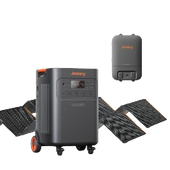
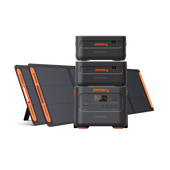
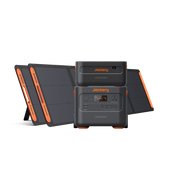
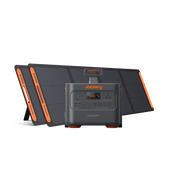

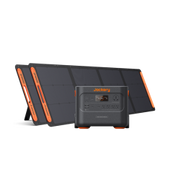
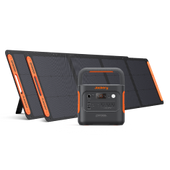

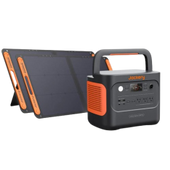
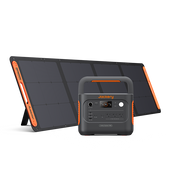
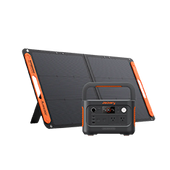

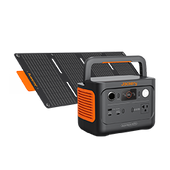
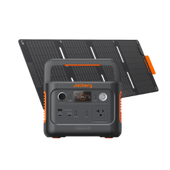
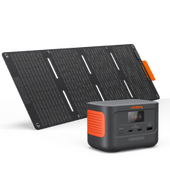
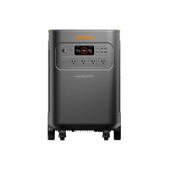

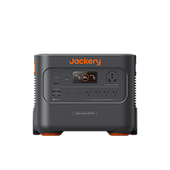
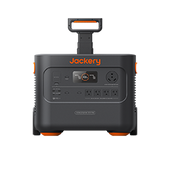
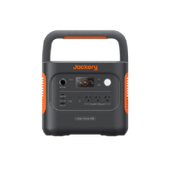
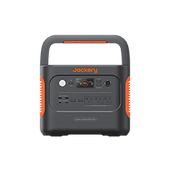
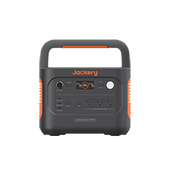
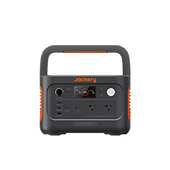
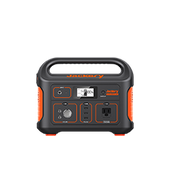
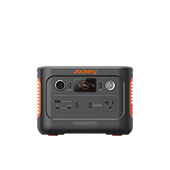

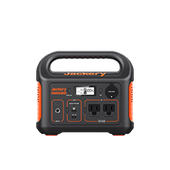
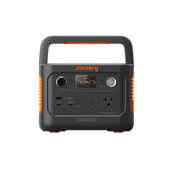
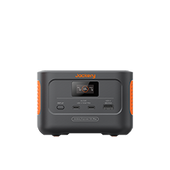



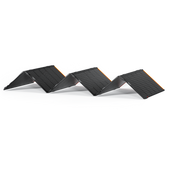
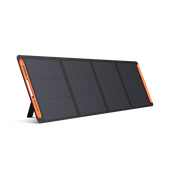
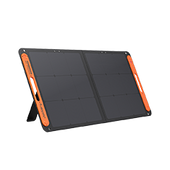
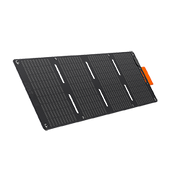
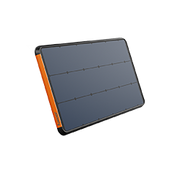
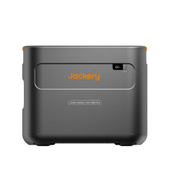
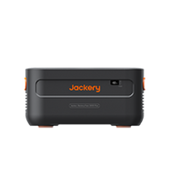
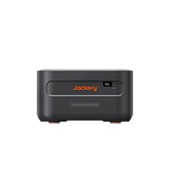

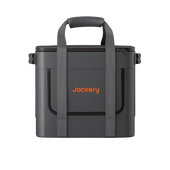
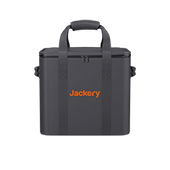
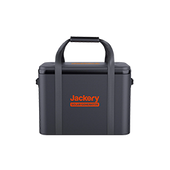
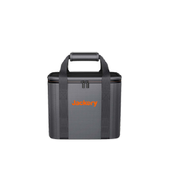
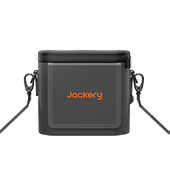
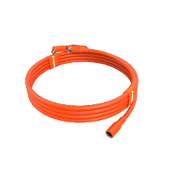



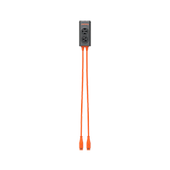
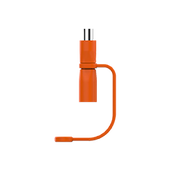
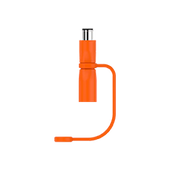
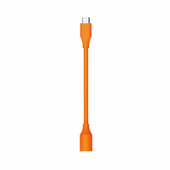

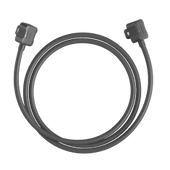
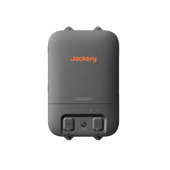
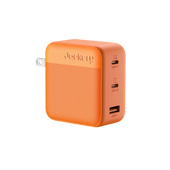

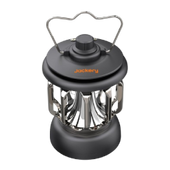


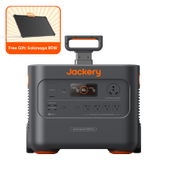
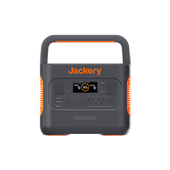
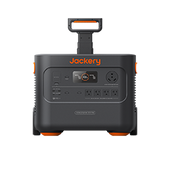
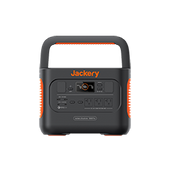
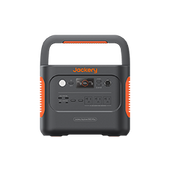
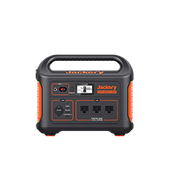
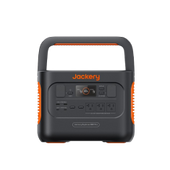
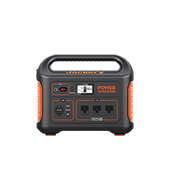
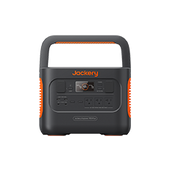
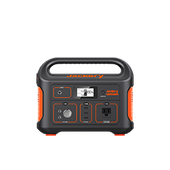
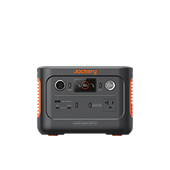
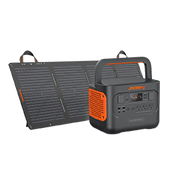
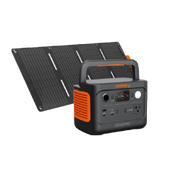
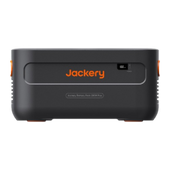
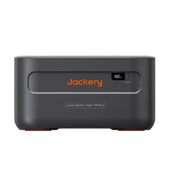


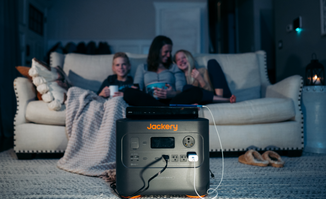

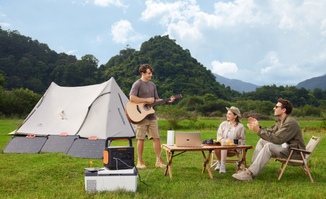
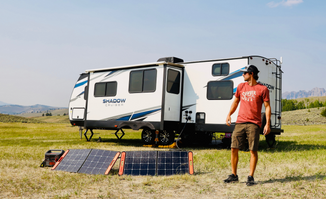


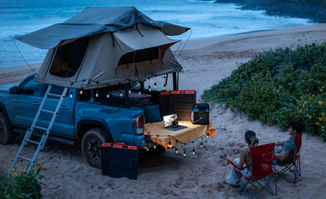
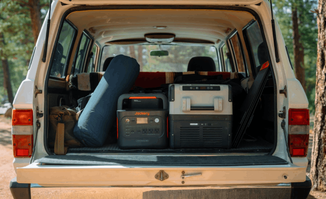




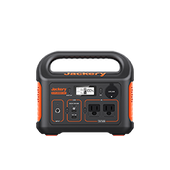

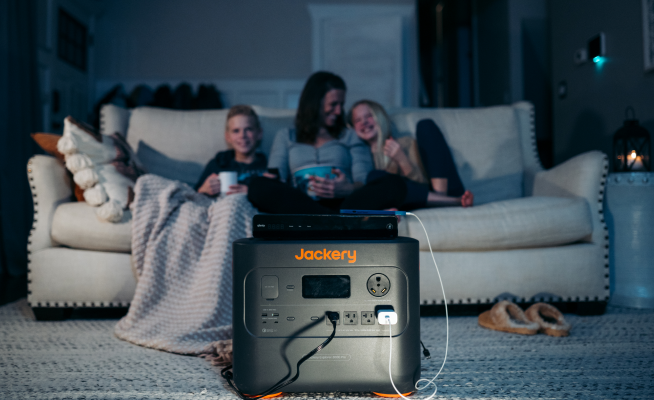

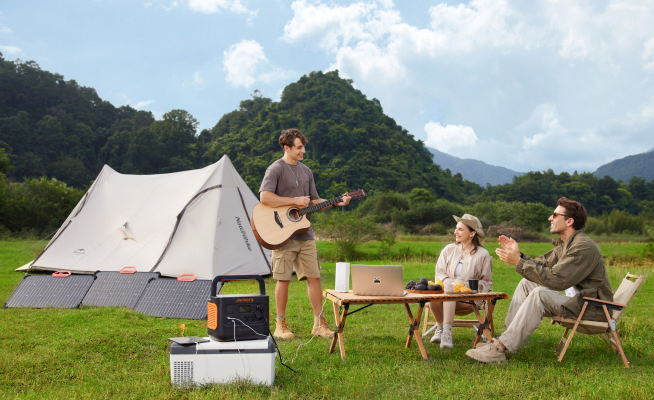
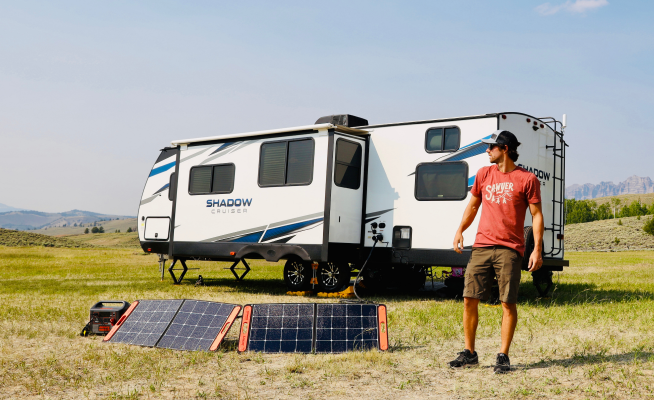

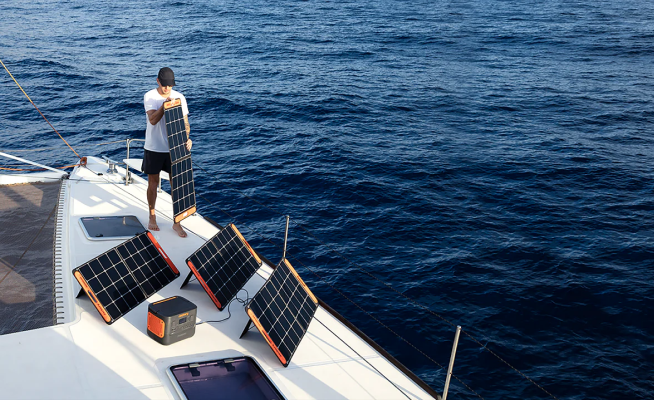
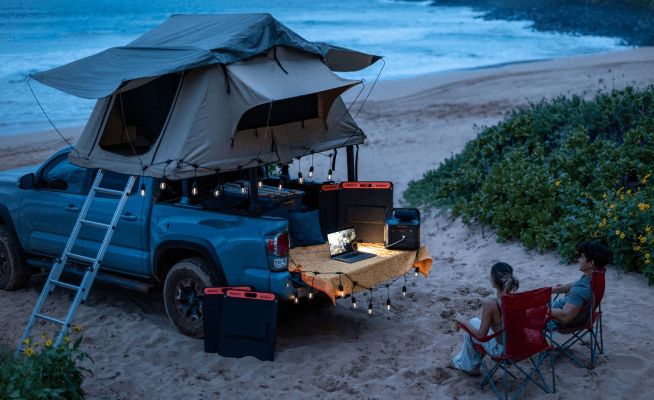
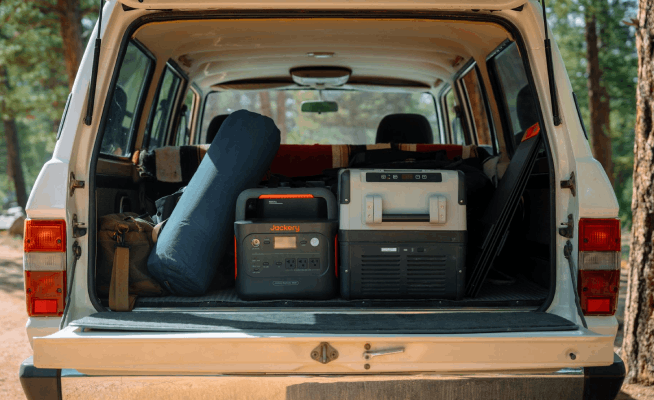

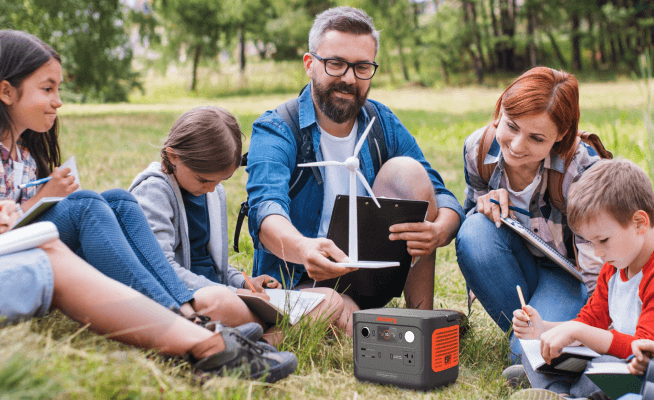











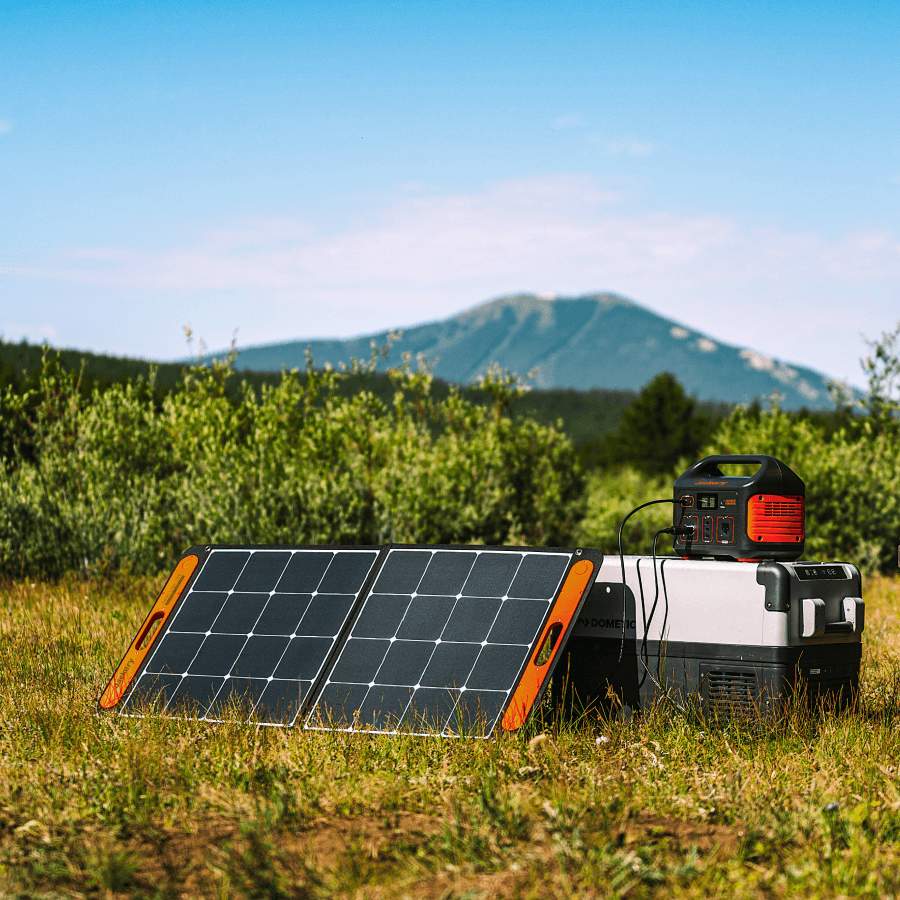

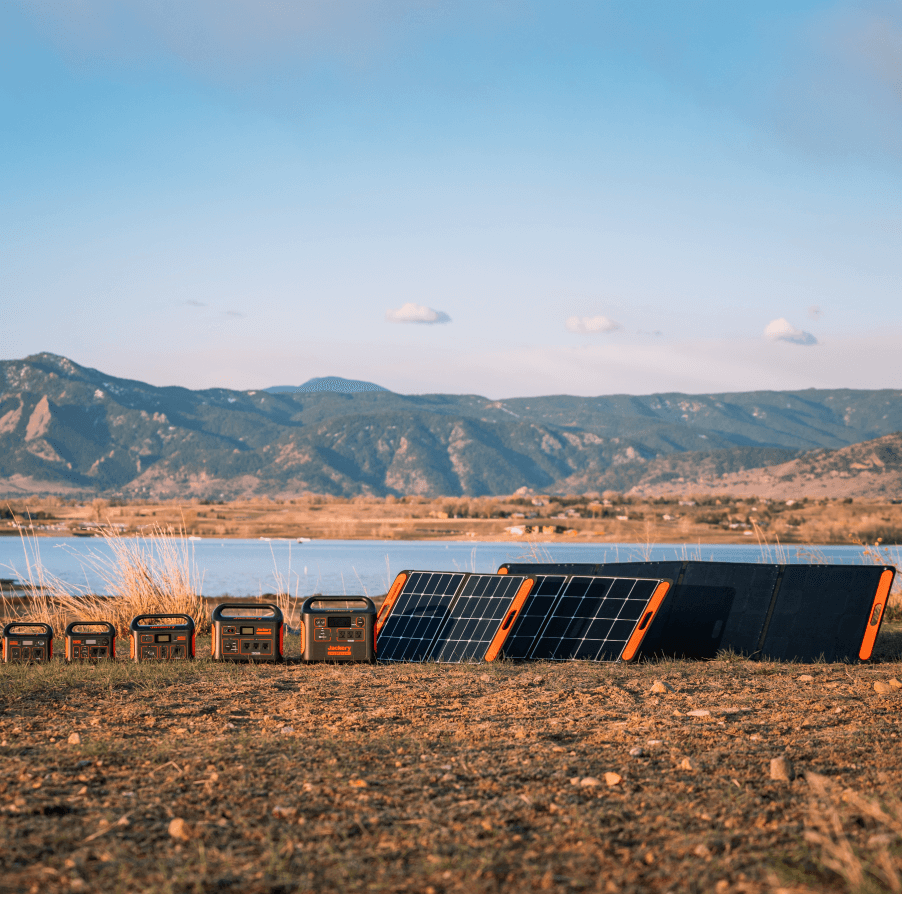

Leave a comment